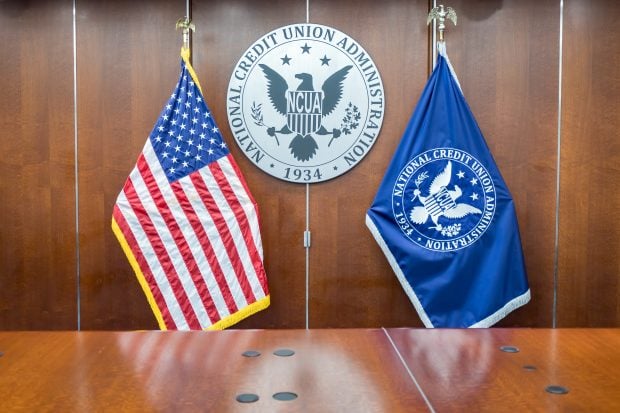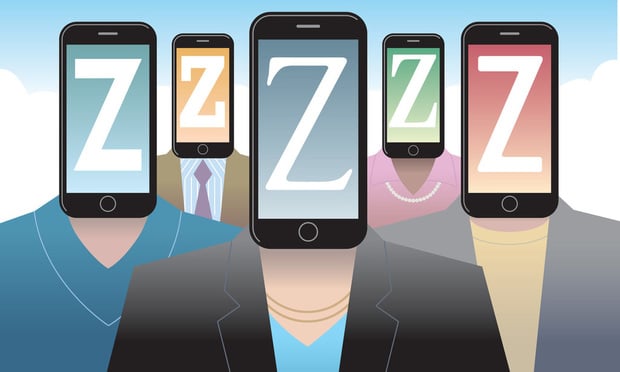Check 21 is right around the corner-legislation that willrevolutionize the check-processing world. It will certainly makeits presence felt, from processors to banks and credit unions, andmost important, on the consumer. The Check Clearing for the 21stCentury Act is the official name of the legislation. It wasformerly known as The Check Truncation Act, but today it iscommonly known on the Hill and to industry players simply as "Check21." The Federal Reserve originally wrote the bill a few yearsback. This year it was introduced and passed in theHouse-unanimously. It subsequently also passed theSenate-unanimously. This show of strong support is virtuallyunheard of for such legislation. After resolving minor differencesin a conference committee, the bill was signed into law byPresident Bush on October 28. The final version calls for aneffective date 12 months after enactment. Next October 28, 2004,substitute checks could be a reality! A clear purpose Check 21 isdesigned to create efficiencies in the payments system by fosteringcheck truncation-the process of capturing check information at thepoint of capture and transmitting the check info electronically ina data file. The original paper item is eventually destroyed.Although check truncation is a central component of Check 21, thebill does not mandate the process. In drafting the language, theFed recognized that it must give the most advanced check processingshops an opportunity to grow, while simultaneously not "punishing"smaller processors that are not image enabled. With the Check 21substitute check concept, check truncation is not mandated. If aninstitution that is not image-enabled receives a truncated check,it can print out a substitute check from the image and process thatpiece of paper as it would the original check. Specifically, thebill: 1) Introduces the concept of "substitute check" into thecheck clearing system; and 2) Removes the requirement that "banks"(check processors) negotiate an agreement to process checks withoutthe original paper check (i.e., truncate the check). In thelegislation, the substitute check is literally, a print out of theimage of the truncated check. In order to qualify as an official(legal) substitute check, the bill mandates certain size andreadability requirements, as well as a disclosure printed on it.But, for all practical purposes, the substitute check is the legalequivalent of the original check. The bill also contains warrantiesand indemnities pertaining to "reconverting banks." These aredefined as banks that create a substitute check out of an image,and vice versa. The next step is for the Federal Reserve to issueregulations to implement the new law. Given the short time frame,the Federal Reserve plans to issue a proposed regulation byyear-end with a comment period of 60 days. Credit unions shouldstay involved during the regulatory process and provide input tothe Federal Reserve on the Check 21 regulations. Impact to theconsumer As one would expect, Check 21 contains consumer protectionprovisions. However, it is important to note that current checklaw, including the Uniform Commercial Code will continue toprevail. The consumer protection provisions outlined in Check 21,called, "expedited recredit," are very specific to the substitutecheck. The expedited re-credit provisions are designed to giveconsumers protection in the event they feel that a substitute checkhas wrongfully been charged against their account. (Current checklaw prevails for original checks.) Credit unions will need tobecome familiar with the expedited recredit provisions if theybegin seeing substitute checks in their processes. When it comes topersonal money management, consumers will feel the impact of lessfloat time. If, as this legislation encourages, truncated checksbecome more predominant, then float time will be reduced. Consumerswho write checks against their account knowing there won't be fundsavailable to cover the check for three days, may find that itcleared in two days or perhaps one-hence a bounced check. It'spossible that credit unions could see a slight up-tick in bouncedcheck fees, but after bouncing a few checks, consumers will catchon quickly. Since credit unions have been truncating checks foryears, your members are not likely to experience much change,except for the speed associated with clearing their checks anddeposits. Processing will be faster. As a credit union, don't beconcerned about making any changes to your operations for Check 21.Operational aspects will fall mainly on check capturing andprocessing providers like WesCorp. If you process share drafts orcollect checks through a provider like us and do not offernon-truncation, there is nothing operationally you need to do. Yourprovider should complete all the necessary operational tasks. OnceCheck 21 becomes effective next year, the most immediate changeyou'll experience will be earlier notification of return items. Aswell as receipt of substitute checks for incoming returned items.The law does mandate that every credit union provide customerawareness notices to educate their members on Check 21 andsubstitute checks. Timing and what the disclosure will containstill need to be fine-tuned in the regulatory process. One actionyou can take now, however, is to educate members who still requesttheir original checks about receiving a substitute check or noprinted checks at all. For example, your processor may offer aCD-ROM service, such as WesCorp does, which provides digitizedimages of your member share drafts. CDs can hold thousands of checkimages, which you can use for meeting members needs. For creditunion processors, the revolutionary aspects of Check 21 willrequire more innovation. At WesCorp, we've been gearing up to meetthe requirements of Check 21 for quite some time. Our belief isthat image exchange is the future of check processing. Creditunions are in a good position to reap the full benefits associatedwith image exchange and Check 21. Today, the business model forcheck processing is undergoing radical change. New technologiescontinue to influence the course. Consider ATMs with imagecapability. In theory, one could deposit a check in to animage-enabled ATM, which could transmit the image and data file tothe depository institution. Your funds could be available realtime! Or consider imaging at another point of deposit: a branch ora point-of-sale transaction, for example. With Check 21, substitutechecks will become a reality. The marketplace will feel a shake up,identifying the real industry players. Providers committed to thelong haul in the processing business will clearly begin to emerge.Image capturing and exchange will be the established norm. Mostimportant, our members will be enjoying the added speed and safetythat the revolution will usher in. Are you ready for Check 21?
Continue Reading for Free
Register and gain access to:
- Breaking credit union news and analysis, on-site and via our newsletters and custom alerts.
- Weekly Shared Accounts podcast featuring exclusive interviews with industry leaders.
- Educational webcasts, white papers, and ebooks from industry thought leaders.
- Critical coverage of the commercial real estate and financial advisory markets on our other ALM sites, GlobeSt.com and ThinkAdvisor.com.
Already have an account? Sign In Now
© 2024 ALM Global, LLC, All Rights Reserved. Request academic re-use from www.copyright.com. All other uses, submit a request to [email protected]. For more information visit Asset & Logo Licensing.









